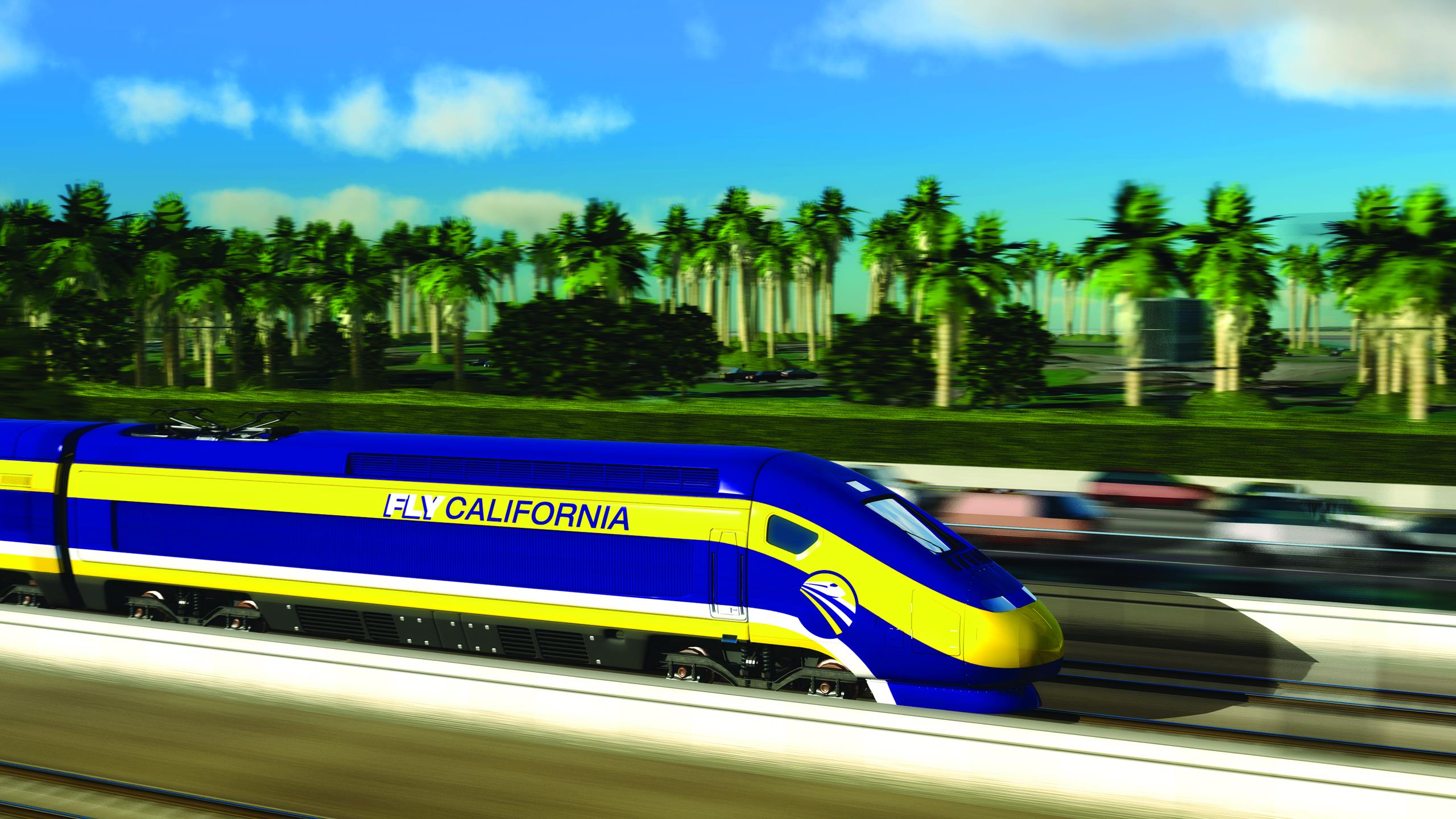Opportunity
In the 1980s, Governor Jerry Brown proposed a high-speed rail line that would connect northern and southern California. The project was still unrealized when he left office in 1983.
The governor and others believed that California, notorious for traffic congestion and air pollution, could benefit from a modern rail line that would move people, goods, and services more efficiently, cut greenhouse gas emissions, and reduce the state’s dependence on foreign oil. The need has been magnified by growth: From 2000 to 2050, the population of California is projected to increase from 35 million to 60 million.
In January 2012, Jerry Brown — governor once again — threw his support behind a 520-mile bullet train between San Francisco and Los Angeles. “Critics of the high-speed rail project abound, as they often do when something of this magnitude is proposed,” he said. “The critics were wrong then, and they’re wrong now.”
The proposed high-speed rail system will include 800 miles of track and as many as 24 stations, and will serve major cities including Sacramento, Stockton, San Francisco, San Jose, Fresno, Bakersfield, Palmdale, Los Angeles, Anaheim, Riverside, Irvine, and San Diego.
Solution
A $9.95 billion bond measure was approved to provide seed money for constructing critical grade separations and acquiring rights of way. The Obama administration put the project on a fast track, streamlining the permitting process for the 114-mile section from Fresno to Bakersfield.
Mott MacDonald provided project management, preliminary design, environmental engineering, permitting, and right-of-way acquisition services for three segments of the system, each with challenging elements.
- Palmdale to Los Angeles (65 miles): Mott MacDonald was the lead Joint Venture partner for this, the most difficult section in the system. This section includes challenging terrain, including rivers, steep mountains, sensitive ecosystems, three major seismic fault lines, and densely populated cities. It will require more than 15 miles of tunnels and numerous viaducts.
- Fresno to Palmdale (162 miles): We led the work of alignment and engineering for this section. The longest in the system, it crosses the Mojave Desert, the steep Tehachapi Mountains, several fault zones, and prime farmland.
- Los Angeles to Orange County (30 miles): This section of track is already used by Amtrak and by Metrolink commuter trains. The coexistence of the train systems will require systems not previously used in the US.
Outcome
The California High-Speed Rail project is expected to reduce greenhouse gas emissions by 12 billion pounds per year — the equivalent of one million cars — and cut consumption of foreign oil by 12.7 million barrels.
The system will also create an estimated 100,000 construction jobs each year of construction and generate 450,000 permanent new jobs across the state, due to its contribution to economic growth. The California High-Speed Rail Authority says the system will “alleviate the need to spend more than $100 billion to build 3,000 miles (4,800 km) of new freeway, five airport runways, and 90 departure gates.”
When the project is complete, a passenger will be able to board an express train in San Francisco and step off the train in Los Angeles 2 hours and 40 minutes later. That’s three to four hours less than a driver would need to cover that distance — even without traffic.





